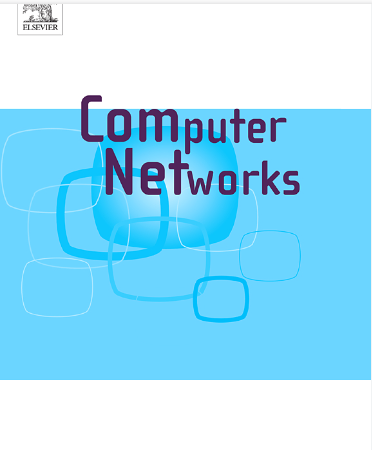STAR-RIS-aided NOMA communication for mobile edge computing using hybrid deep reinforcement learning
IF 4.4
2区 计算机科学
Q1 COMPUTER SCIENCE, HARDWARE & ARCHITECTURE
引用次数: 0
Abstract
Reconfigurable intelligent surface (RIS) is expected to be able to significantly reduce task processing delay and energy consumptions of mobile users (MUs) in mobile edge computing (MEC) by intelligently adjusting its reflecting elements’ phase-shifts and amplitudes. Nevertheless, both the passive and active RISs have the disadvantage of only reflecting the received signals, which means that the transmitters and receivers must be located on the same side of the RIS. This may be unrealistic due to the movement of MUs. Simultaneously transmitting and reflecting (STAR) RIS, which can simultaneously transmit and reflect incident signals to achieve full-area coverage, has been recognized as a revolutionary technique to solve the above-mentioned problem. For the STAR-RIS-aided non-orthogonal multiple access (NOMA) communication MEC, we first formulate an optimization problem to minimize the sum of weighted delay and energy consumptions of all MUs which can move randomly at low speeds. Then, under the practical coupled phase-shift model of STAR-RIS, we propose a hybrid deep reinforcement learning (DRL) scheme, in which we determine the amplitudes and phase-shifts of STAR-RIS, task offloading decisions of MUs, and computation resource allocations of MEC servers by using the deep deterministic policy gradient (DDPG) and Dueling deep Q learning (DQN). Finally, we validate and evaluate the performances of our proposed scheme through extensive simulations, which show that our proposed scheme outperforms the existing baseline schemes and its performance can indeed be improved due to the use of STAR-RIS.
求助全文
约1分钟内获得全文
求助全文
来源期刊

Computer Networks
工程技术-电信学
CiteScore
10.80
自引率
3.60%
发文量
434
审稿时长
8.6 months
期刊介绍:
Computer Networks is an international, archival journal providing a publication vehicle for complete coverage of all topics of interest to those involved in the computer communications networking area. The audience includes researchers, managers and operators of networks as well as designers and implementors. The Editorial Board will consider any material for publication that is of interest to those groups.
 求助内容:
求助内容: 应助结果提醒方式:
应助结果提醒方式:


